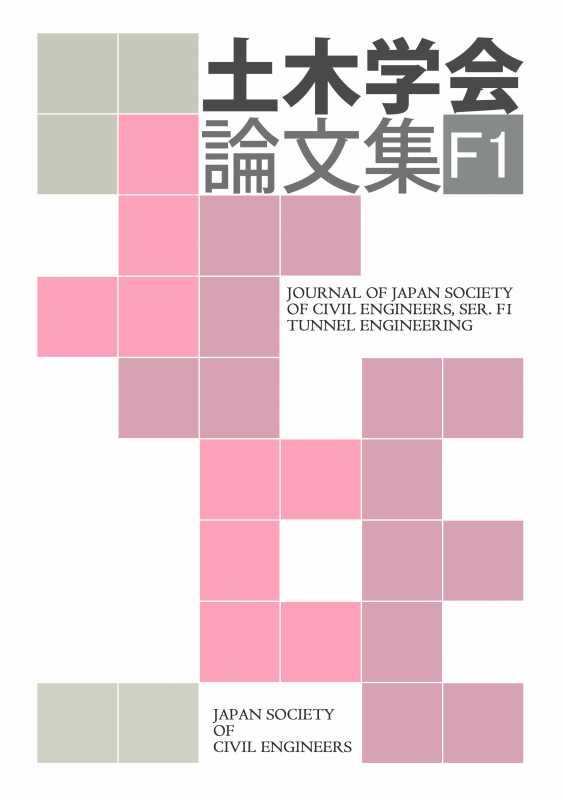2D trapdoor tests were conducted to simulate the deep ground displacement in sand layer in 50g centrifugal environment. The trapdoor width (B), and sand depth (H) are 3m, and 12m in prototype scales. The tests were conducted in medium dense (Dr=80%) and very dense sand (Dr=95%) assuming the relatively deep and relatively firm ground. Earth pressures and displacement in the ground were measured by small earth pressure cells and PIV. The ground resistances at various locations from the trapdoor center were also measured by cone penetrometer at small and large trapdoor movements, which correspond to small volume loss ratio by tail void closure as a common condition and extremely large volume loss by over-excavation as a condition of potential accident. From the tests, affected spatial area in terms of ground displacement and cone resistance were investigated and discussed. For the small volume loss, 20-30% reduction of the resistance from the intact condition was observed at the depth over the half of H at the tunnel centre, but the reduction occurred in the very limited horizontal location from the centre, less than 0.5B. For the large volume loss in deep tunnel excavation in sand, the effect of over excavation may appear at ground surface at smaller volume loss for the very dense ground than the medium dense sand due to the narrow loosening width. Although there are some differences in the effect of large over excavation on the penetration resistance depending on the sand density, the effects became very small at the horizontal location over 2.0B for this experimental conditions.
View full abstract
